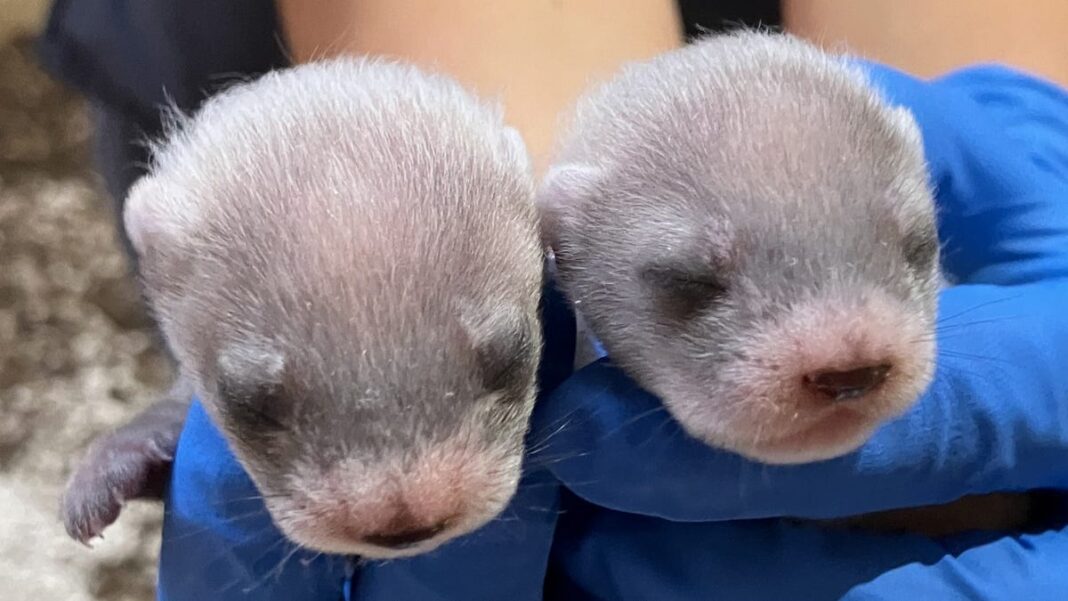Introducing the clones: Two black-footed ferret pups born to a cloned mother for the first time
Conservationists are delighted to share a significant achievement involving a small black-footed ferret and her new babies, which were born at the Smithsonian National Zoo and Conservation Biology Institute earlier this year.
The arrival of two healthy kits from Antonia, a cloned mother, “is incredibly important” for wildlife conservation, according to Ben Novak, the lead scientist at Revive & Restore, a biotech firm collaborating with the Smithsonian. With the black-footed ferret being endangered, this event marks multiple groundbreaking occurrences, said Novak, and it is hoped that the pups will add valuable genetic diversity to the species.
“This is the first time a cloned black-footed ferret has produced young, and it is also the first instance of an endangered species clone having offspring aimed at species preservation,” added Novak in a conversation with YSL News.
The Smithsonian National Zoo has not provided a response to inquiries.
The successful birth of a clone is a significant discovery, demonstrating that cloning technology can not only assist in restoring genetic diversity but can also facilitate future breeding, thereby fostering new prospects for species recovery, according to a recent announcement from the U.S. Fish and Wildlife Service.
The kits, named Sibert (female) and Red Cloud (male), were born in June, alongside a third kit that unfortunately did not survive shortly after birth.
Sibert and Red Cloud hold immense potential for their species, given that their mother was cloned from a black-footed ferret from the 1980s named Willa, who never had any offspring. Willa’s DNA was previously “completely lost” to the current black-footed ferret population, making her significant.
All other black-footed ferrets in the U.S. descend from merely seven animals, and Willa’s biological samples encompass “three times” the genetic diversity found in the current black-footed ferret population, according to the U.S. Fish and Wildlife Service.
“This is the first occasion when scientists have managed to recover lost genetic variation using a female,” stated Novak.
While other black-footed ferrets have been cloned from Willa in recent years, Antonia, who was born last year, stands out as the only one to have produced offspring.
Novak expressed his excitement to YSL News, noting that Antonia made the choice to mate with a 3-year-old named Urchin. He remarked that he is “absolutely thrilled” about the arrival of Sibert and Red Cloud. The kits are now almost five months old, and the announcement of their birth was postponed until November 1 to ensure they were healthy, he explained.
“Creating numerous clones means little if none of them can reproduce; thus, the arrival of these two pups represents a pivotal moment in history,” Novak concluded.

